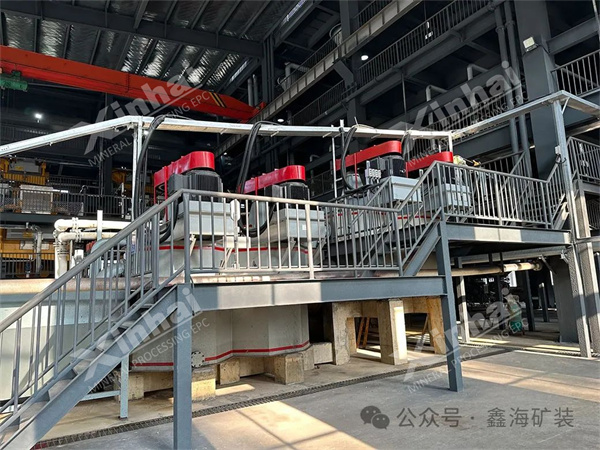Copper oxide ore is an important copper ore, and its treatment methods directly affect the efficiency of copper extraction and the utilization of resources. This article will introduce the treatment methods for copper oxide ore, including flotation, smelting, and hydrometallurgy, as well as the advantages, disadvantages, and applicability of each method.
Flotation is one of the common methods for treating copper oxide ore. Its principle is to use chemical reagents to make copper ore particles adsorb to bubbles, thereby achieving copper extraction. The specific steps include:
Ore Crushing: First, the original ore is crushed and finely ground to increase the exposed surface area and flotation performance of copper ore particles.
Reagent Treatment: Choose appropriate flotation reagents, such as xanthate, oxide, etc., for reagent treatment.
Mixing and Stirring: Fully mix the ore pulp with flotation reagents to form a flotation slurry.
Gas Injection: Inject gas (usually air) into the bottom of the flotation tank to generate bubbles.
Flotation Process: Bubbles carry copper ore particles to the surface of the flotation foam, forming a foam, and then collect the copper ore particles from the foam through a collection device.
The advantage of the flotation method is simple operation and low investment cost, but it is suitable for low-grade copper oxide ore.

Smelting is a method of heating copper oxide ore to high temperatures to reduce copper oxide to copper metal. The specific steps include:
Ore Pretreatment: Pre-treat the original ore to remove impurities and moisture to improve smelting efficiency.
Melting: Place the pretreated ore into a smelting furnace, heat it to high temperatures, and reduce copper oxide to copper metal.
Extraction: Extract molten copper metal from the ore through smelting and cooling.
The advantage of the smelting method is its strong processing capacity, suitable for high-grade copper oxide ore, but the disadvantage is high energy consumption and serious environmental pollution.
The hydrometallurgical method is to dissolve copper oxide ore into solution by chemical dissolution and precipitation principles, and then extract copper through methods such as electrolysis. The specific steps include:
Acid Leaching: Immersing copper oxide ore in acidic solution to dissolve copper into ions.
Precipitation: Controlling the pH value and temperature of the solution to precipitate copper in solid form.
Reduction: Extracting copper from solid precipitate through electrolysis or other methods.
The advantage of the hydrometallurgical method is its strong controllability and high processing efficiency, but it requires a large amount of chemical reagents and energy.
These are several commonly used methods for treating copper oxide ore, each with its advantages, disadvantages, and applicability. In actual production, suitable treatment methods can be selected based on ore properties, cost considerations, and environmental impact to maximize copper extraction efficiency and resource utilization.